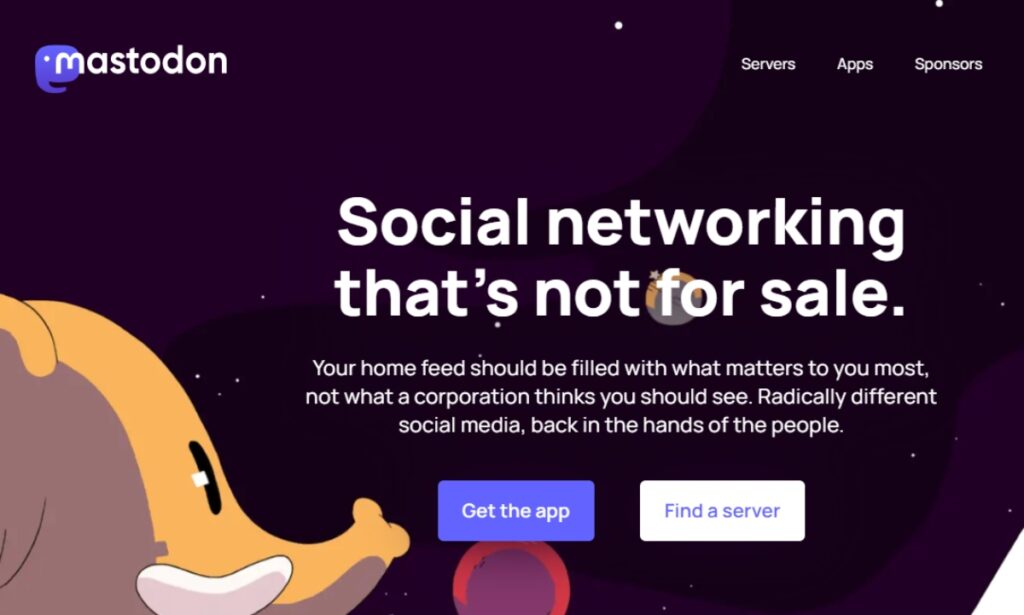Twitter has been the preferred microblogging platform for millions of users for many years. However, now that there are other alternatives, such as Mastodon, users are making comparisons to see which one is fit for them. It’s difficult to answer which social media platform is better. However, here is a comparison of Twitter vs Mastodon. Looking at the pros and cons of each, you can make your choice accordingly.
Twitter vs Mastodon: Interface
Anyone who has used Twitter before will feel perfectly comfortable with the app. However, Mastodon can be a bit complicated to understand at first sight. It requires a tutorial and a comprehensive guide to understand how to use it.
It’s difficult to replicate Twitter’s clear news stream, and Mastodon demands users join communities for their specific interests. Many people are perplexed by Mastodon’s terminology, which uses “boosts” instead of retweets and “toots” instead of tweets. Mastodon is a network of thousands of sites known as servers, as opposed to Twitter, which is a single website with a central news feed.

The popularity of the platforms
Twitter has been operating for over 16 years, having launched shortly after Facebook in 2006. It is a trustworthy website and you can find interesting accounts to follow as per your preferences. Most of your friends would also have a Twitter account so it’s good to stay updated on their tweets.
On the other hand, Mastodon was in 2016, and it’s only six years old. A few years ago, it wasn’t even a popular micro-blogging website. It is possible that most of the people you want to follow have not joined Mastodon yet. It’s also not accessible for most people who do not understand complex blogging systems.
Posts character restriction
Twitter is recognized as a microblogging site since each post is limited to 280 characters, which is double the previous 140-character restriction. This restriction appeared to remove a barrier to writing for many individuals, and Twitter grew fast from obscurity to compete with the leading social networks of the time, attracting the attention of large marketers. Mastodon currently has a 500-word limit that allows users to be much more creative with their posts.

Twitter vs Mastodon: Paid Ads
Mastodon promises to “never deliver advertising” or sell user information. The source code is freely available. Users now have more say over how content is moderated. Twitter uses promoted tweets or paid adverts placed in front of your intended audience based on their interests or location. Most small businesses can also benefit through these promotions as their target audience is on Twitter.

Growth opportunities
Mastodon only became popular after Elon Musk’s takeover. However, Twitter has always had a reputation for growing even bigger every year. Even with Musk’s controversial ownership, there have been some welcome changes. Musk aspires to make the platform “warm and welcoming”. The Tesla CEO also plans to introduce a new edit button that was a favorable change for many users. He has also committed that Donald Trump’s account will not be reinstated.
On the other hand, the founder of Mastodon, Eugen Rochko, wants to democratize social media. The platform lacks the authority to compel server owners to do anything, including complying with basic content control criteria. That appears to be a blueprint for a refuge for far-right trolls online. In actuality, though, many Mastodon servers have strict rules. When hate-speech servers appear, other servers can band together to block them, thus excluding them from the platform’s majority.
Source link
Author Brendan Byrne





